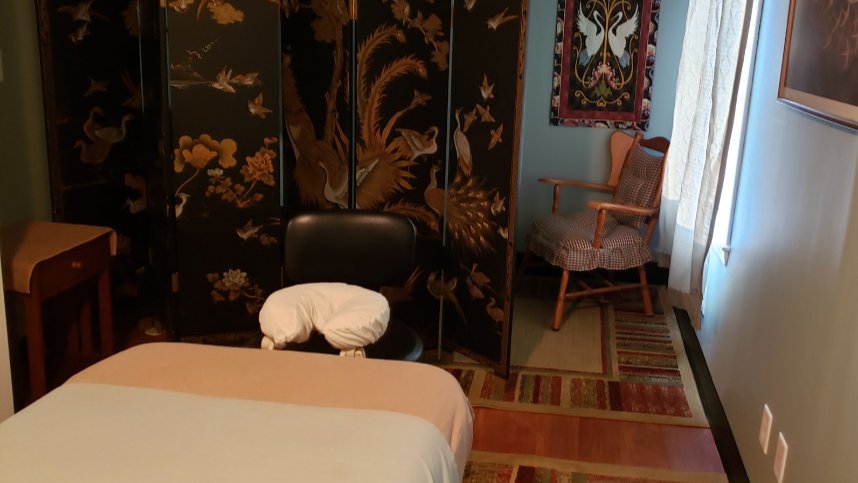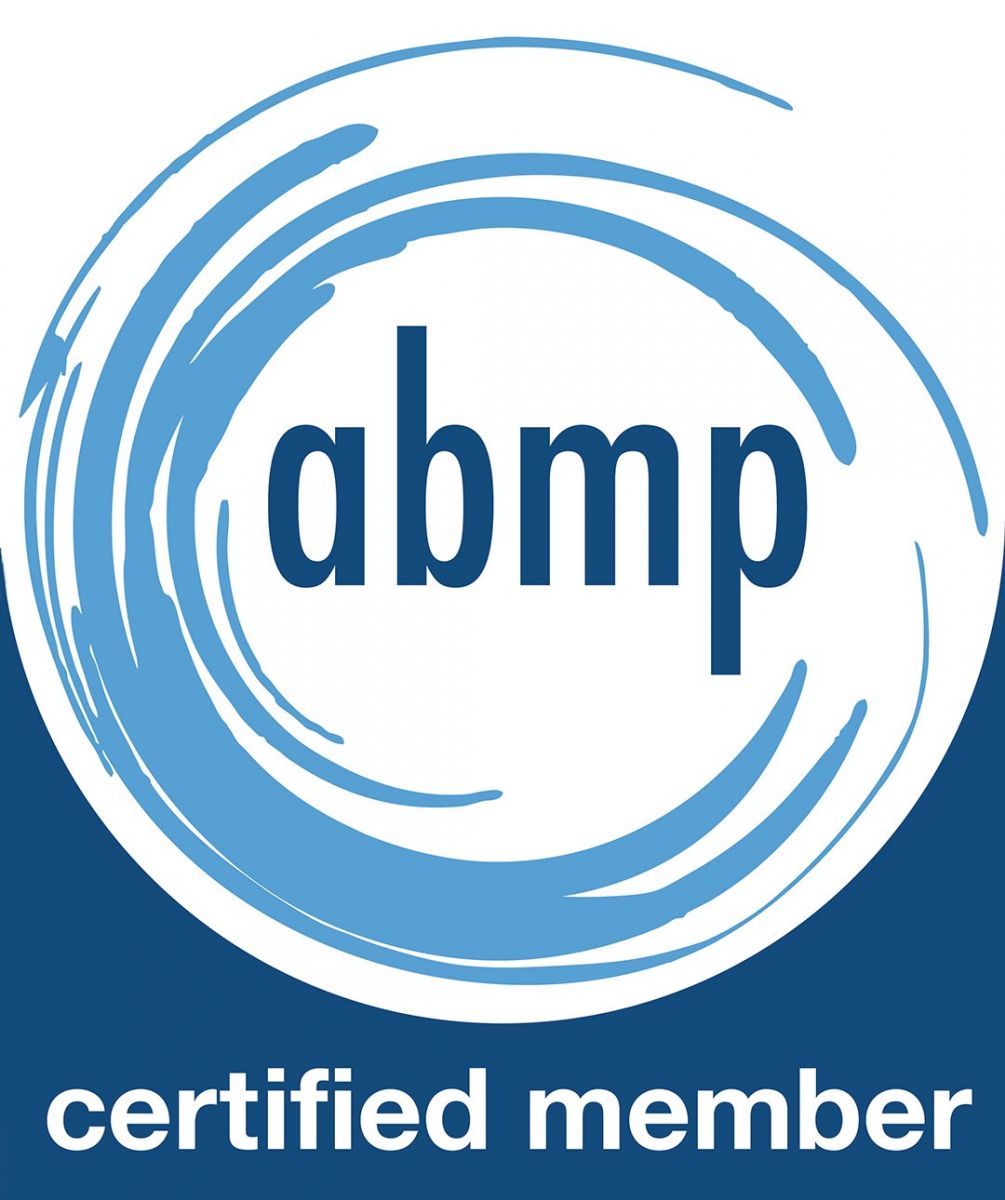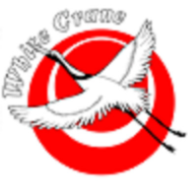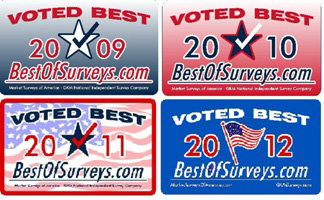
Services
What is Medical Massage?
(copied from https://education.abwinternational.org)
Medical massage is a common term used to describe a wide variety of manual therapy techniques that are prescribed by a physician. It is also called "clinical" or "treatment" massage. It treats medical conditions or injuries using an "assess - treat - reassess" approach to achieve the client's goals or desired outcome. The CDC advises alternatives to opioids for pain relief, and a growing number of physicians are prescribing massage and manual therapy. "Medical massage" is no single technique!
Which Conditions Can it Improve?
Medical massage may be used to treat a variety of conditions, including injuries, chronic pain, headaches, and stress-related conditions. Treatments can also help with recovery from cosmetic or orthopedic surgery. Many therapists offering these treatments have additional training to work with complex health history and diagnosed conditions.
A massage therapist may use Swedish or deep tissue massage, lymphatic drainage, muscle energy techniques, cupping, and trigger point therapy to name a few. Sought outcomes can vary from increased range of motion in the joints, to pain relief, to improvement in daily activities such as getting dressed, performing tasks around the home, and quality of sleep.
Medical massage may be used in conjunction with other treatments such as physical therapy, acupuncture, or chiropractic care. It is important to consult with a healthcare provider before starting any treatment plan to ensure that it is appropriate for your needs.
Is it Different from Massage at a Spa?
While both types of massage are therapeutic and have similar benefits, medical massage requires detailed assessment and documentation for healthcare providers.
A spa typically focuses on relaxation and stress relief. Some may offer techniques used in medical massage, such as lymphatic drainage and cupping. Depending on the spa, doctor's prescriptions may be accepted.
It is important to note that there is no specific technique called "medical massage," rather it is an approach to achieve a specific outcome based on the client's needs, health history, and prescription (if applicable).
What are Medical Treatments Like?
Treatments are similar to other massage environments in that they use a massage table, dimmed lights, relaxing music, and a pleasant atmosphere. Depending on the therapist's training, doctor's prescription (if applicable), and the patient's needs, several different modalities may be used. Treatments usually take place in a clinic or wellness center.
Does Insurance Cover Treatment?
It is possible that insurance may cover or reimburse for medical massage, but it depends on the specific coverage of your insurance plan and the reason for seeking treatment.
In general, insurance companies will only cover what is deemed medically necessary. This usually means that the treatment must be prescribed by a healthcare provider, such as a doctor or physical therapist, and must be deemed necessary for the treatment of a specific medical condition or injury.
If you are seeking medical massage for a specific medical condition or injury and your healthcare provider recommends it as part of your treatment plan, it is possible that your insurance plan may cover some or all of the costs. However, it is always best to check with your insurance provider to confirm coverage before starting any medical treatment.

Swedish Massage - This is the most common and best known of all massage modalities. It is the basis of, or at least partially integrated into almost every Western massage modality there is. Using long flowing strokes with light to moderate pressure, Swedish Massage increases blood and lymph circulation, flushes and relaxes muscles and tissues, and reduces stress
Deep Tissue Sculpting - Slow, focused application of pressure into the deeper layers of muscle and fascia. Used to release chronic adhesions in muscles and connective tissue that can cause pain and limit range of motion. It is especially useful in the treatment of chronic pain and injury rehabilitation, as well as conditions such as tendonitis that cause inflammation and pain. The muscles must be relaxed in order to effectively perform deep tissue massage, otherwise tight surface muscles prevent the practitioner from reaching deeper musculature. For this reason it is generally integrated with other massage techniques.
Myofascial Release - Long, stretching strokes and sustained compression geared to soften, lengthen, and release adhesions in the connective tissue that surrounds and interconnects muscles (fascia). Over time, injury, disease, repetitive motion, and aging can cause the fascia to become adhesive and inelastic, which causes muscle pain and tension and restricts range of motion. Myofascial Release can help break up these adhesions and return fascia to its normal elastic state, which will relieve pain and help restore proper posture and range of motion.
Neuromuscular Therapy- Also known as Muscle Energy Technique or Proprioceptive Neruomuscular Facilitation (PNF), this modality uses a combination of stretching, pressure and isometric exercise to release chronic muscle contractions and break the "pain-spasm-pain" cycle. Based on neurological laws that explain how the central nervous system initiates and maintains pain, the goal is to help relieve the pain and dysfunction by understanding and alleviating the underlying cause It is also used to locate and release spasms and hypercontraction in the tissue, eliminate trigger points that cause referred pain, rebuild the strength of injured tissues, and restore proper musculoskeletal alignment to various areas of the body.
Trigger Point Therapy - Trigger points are knots or taut bands of muscle usually caused by injury or overuse. While locally painful, these ponts also cause referred pain in other areas of the body (trigger points in the neck or shoulder can cause pain in the arms and hands, etc). Treatment of these points includes compression, myofascial release, and stretching of the affected muscles to release the knots, which provides relief in the referred pain area

| 30 Minute 60 Minute 90 Minute | $80 $115 $140 |
Gift Certificates
Gift Certificates are available in any denomination and can be redeemed for any of the above services. They make great gifts for special occasions, gift swaps, Thank You gifts, Client/Employee appreciation, etc.
CLICK HERE TO PURCHASE EGIFT CARDS
Multi-Packs
We also offer discounted Multi-Packs, either in bundles of gift Certificates or as a single gift card.
Pricing: 5-session packs of one hour massages are $500 ($75 Savings) and 10-packs are $950 ($200 Savings)
Certified Myofascial Release Massage (MRM) Practitioner
